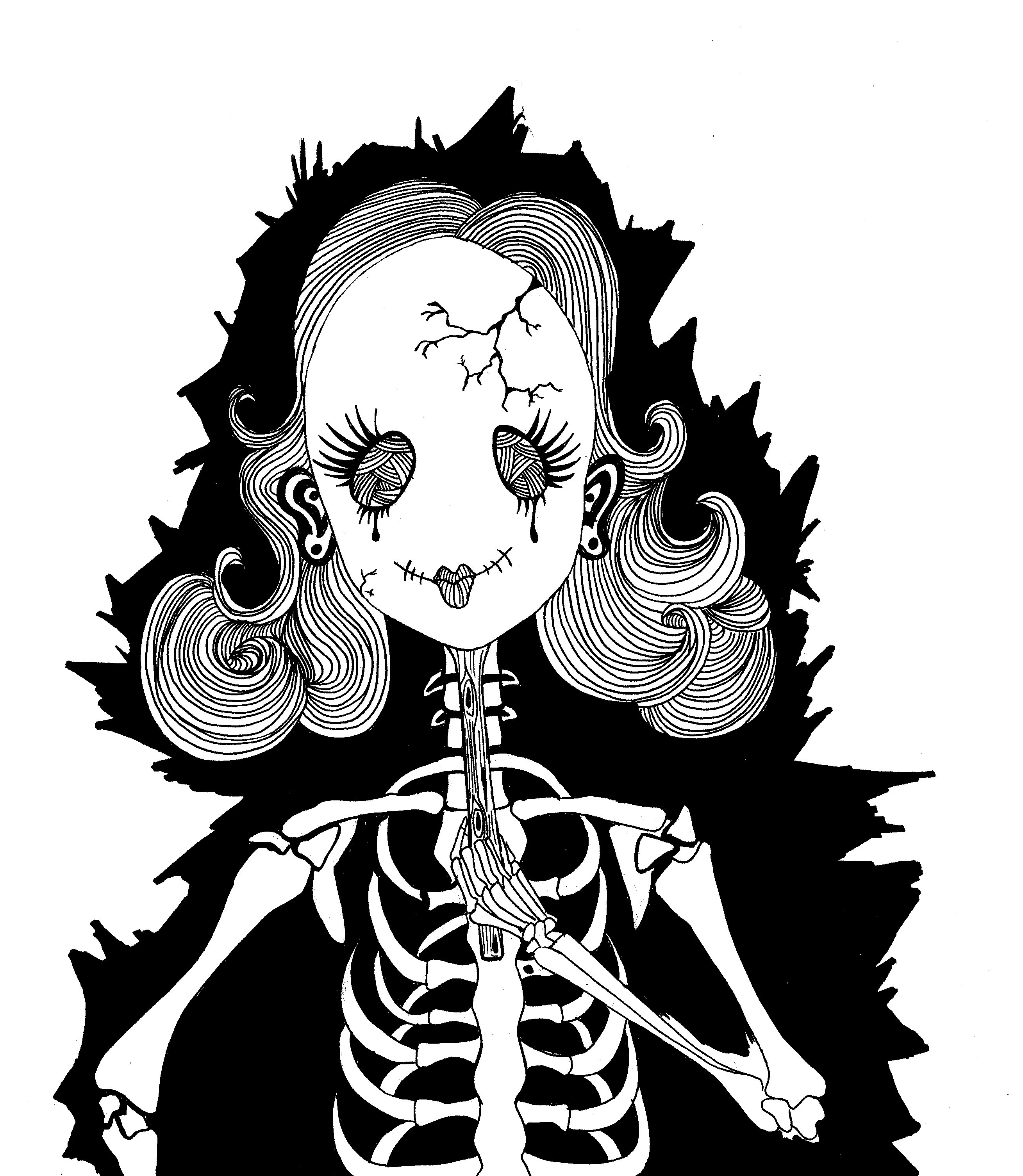
I first read Joan Didion’s 1970 novel “Play It as It Lays” in an airport. This is, perhaps, a fitting setting for a story about a main character ending one period of her life and beginning another. Her name is Maria Wyeth, and she’s an actress from a hamlet in Nevada who now lives in L.A. with her ex-husband, a film director, with whom she remains entangled (more out of habit than affection). We follow her over the course of about a year, the time it takes for her to suffer a nervous breakdown that ultimately warrants institutionalization.
Maria lives in a world in which her value begins and ends with her attractiveness (she continues to diet throughout the novel, even at the height of her melancholy). At age 30, she is already being slotted into “mother” roles and television work while her husband is just hitting his peak. So is this a feminist novel? No. Maria’s angst does not seem to afflict other women in the novel. It’s not their problem; it’s hers. So why is she so unhappy? The first time I read this novel, I replayed key passages over and over again. The minimalist prose rendered Maria so passive and so detached that I chalked up her existential horror to a character trait, a literary device.
At first read, the book is a master class in style over substance. The prose is sparse, entire chapters begin and end within a few sentences and white spaces seem to dominate entire pages. Didion describes abusive relationships and degrading encounters in such a cool, meticulously nonchalant voice that her book feels carved from ice.
So why does it hurt so much? Upon my second and third reads, I realized that the prose obscures Maria, possibly in the same way that she obscures herself to others. Maria is, in fact, perpetually on the verge of tears — but Didion renders this so subtly that it is easy to miss. This is not a Bret Easton Ellis heroine, detached and jaded to the core, but a woman with such thin skin that a passing pool party conversation triggers emotional collapse.
On this second reading, I found myself skimming over entire pages … not out of boredom, but rather of a desire to block out the feelings on display. A chapter in which Maria visits her handicapped daughter in a care home felt almost too painful to read. Longing isn’t supposed to bruise this way on the page. Sadness is supposed to be aestheticized to the point of abstraction, not taken at face value. What am I, the reader, supposed to do with a protagonist who simply drowns in misery while I watch? There is no comeback, no revelation, just pain. Exactly as it feels in real life. Bald, wounding, an exposed nerve being smashed with a hammer.
The archetypical Hollywood characters — along with their bad films and large sunglasses — leave no lasting impression, and simply take up space in the world of the novel. Maria’s refusal to give them the answers they want, and oftentimes even to speak to them, are her acts of rebellion against their detachment. She refuses to live in their world, a place in which a film financier is a gangster, her ex flits off to Las Vegas to make some terrible movie while his institutionalized daughter languishes and Maria herself goes to work on a second-rate cop show while still bleeding from a botched abortion. Maria is not detached. She would need to be detached to live in such a world. And since she cannot detach and also cannot survive without doing so, Maria chooses to degenerate to a state of nothingness, becoming completely withdrawn by the novel’s close. The book may seem ice-cold, but we slowly realize that it is powered by Maria’s red-hot fury.
Maria’s tragic rebellion has haunted me since the first read. She refuses to leave my mind. Her curse is that she has seen her life’s emptiness and refuses to further engage with it; she “knows what ‘nothing’ means.” I remember reading those words for the first time in the airport, and suddenly feeling uncertain as to where I was heading. “Nothing” can be used to describe absence, or to describe something that seems increasingly vacant the longer you look at it. How much of my own life would fall into the “nothing” category? Would I describe my GCals or my science credit as “nothing?” What about the clubs I’m in, or my rushed dinners in the dining hall? In one sense, Maria’s story is a cautionary tale — but maybe what she knows is something we don’t.







